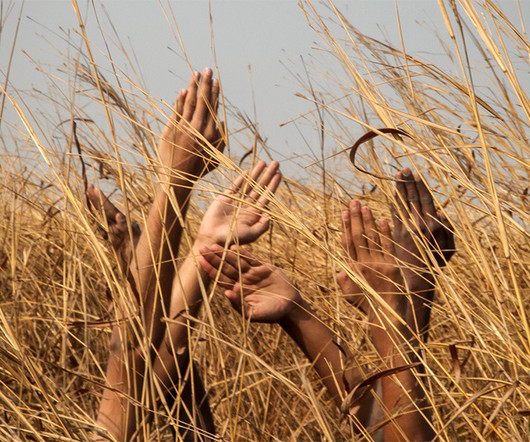??How Community-Based Public Space Can Build Civic Trust: Lessons from Akron
NonProfit Quarterly
OCTOBER 24, 2023
Many times, government and nonprofit representatives had come to Starleen’s Summit Lake neighborhood and indicated that things were going to improve, but not much ever came of it. “My Ongoing neglect and isolation led to entrenched, concentrated poverty and a growing distrust of civic leaders. My first thought was, ‘Here we go.













Let's personalize your content